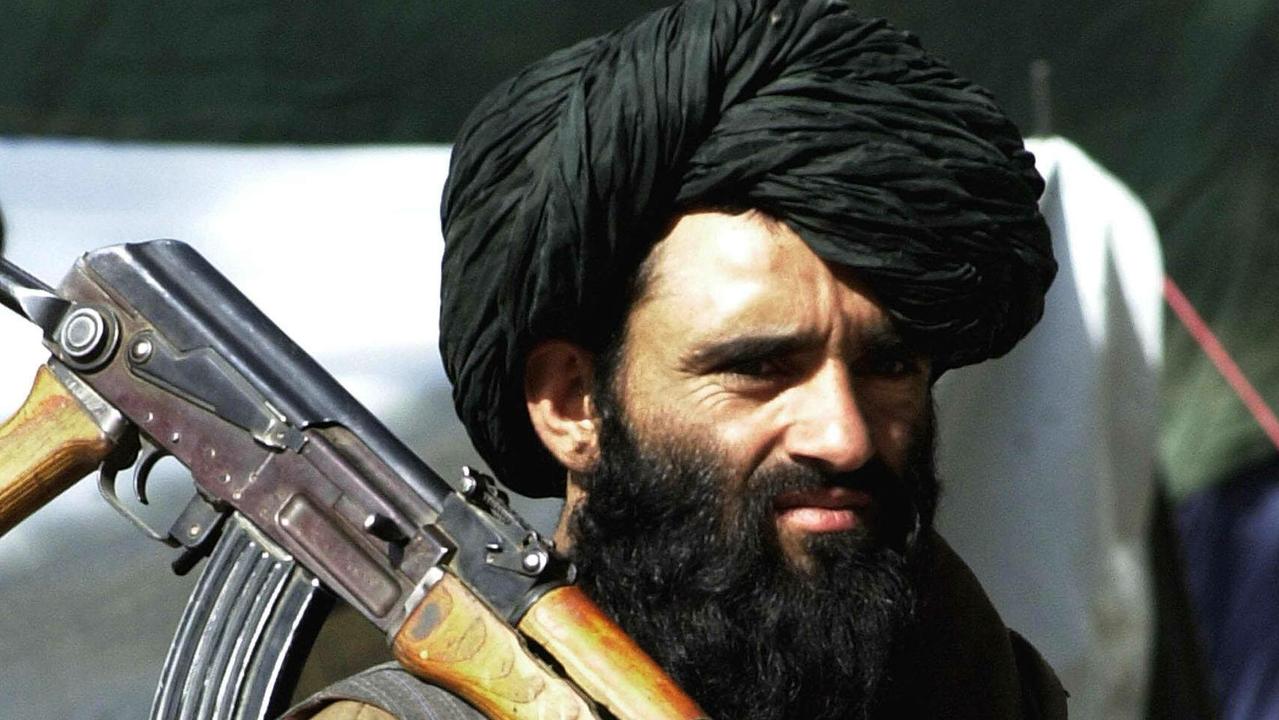For peace, West needs to get inside Taliban’s head

Under the Trump administration, the US agreed to remove all troops by April as long as the Taliban did not allow foreign terrorists to use Afghanistan to plot attacks against the West. New US President Joe Biden now has ordered a review of this peace agreement signed with the Taliban.
Australia lost 42 soldiers and 261 injured during Operation Slipper. We have a duty to them and their families, along with the 26,000 other Australian men and women who served in Afghanistan, to know how this ends.
There are only two reasons for the US to keep boots on the ground. The first is to enable rapid deployment of special forces to eliminate al-Qa’ida and Islamic State and the second is it offers a back door to Iran. If US troops are withdrawn the Taliban will overrun Afghanistan within weeks; sooner if the Afghan National Army is not paid. Leave and the place collapses. Stay and it’s like sunbathing naked on an anthill.
There have been two effective periods of Western engagement. The first was from October to December 2001 during the invasion to topple the Taliban regime and remove al-Qa’ida, although many were allowed to escape into Pakistan. The second was during US General Stanley McChrystal’s time as commander of US-NATO forces (2009-10) when he implemented his Village Stability Operations strategy, a boots-at-the-grassroots approach. It’s at the local level, surrounded by mud-walled compounds, karez systems, goat herders and smuggling routes, where a difference can be made working with and through the local leadership so they can remain the strongest tribe. This is not nation building.
That’s the reality of surviving in these deeply contextual ancient parts of the world; embedding with locals and sipping sugary tea, where the truth reveals itself when talking about other things. Try being a foreigner travelling from the Pakistan border at Spin Boldak in Kandahar to Helmand, or from Kabul to Ghazni, without a web of protection across tribal elders and their trusted relatives; even if you’re dressed as a local, without this network survival will be down to luck.
As journalist and regional expert Ahmed Rashid says, conquerors sweep through Afghanistan like shooting stars. For 6000 years outsiders have tried invading (easy) and controlling (impossible) one of the most critical geo-strategic locations. The endless foreign invasions, harsh climate and terrain have shaped the Afghan people’s DNA.
British prime minister Winston Churchill described it best: “The Pashtun tribes are always engaged in private or public war. Every man is a warrior, a politician and a theologian. Every large house is a real feudal fortress. Every family cultivates its vendetta; every clan, its feud. Nothing is ever forgotten.”
It’s still the same. Afghans have an average life expectancy of 60 years and few will have known anything but war. The longest peacetime was during the rule of Durrani Pashtun king Zahir Shah from 1933 to 1973. In 1959, US president Dwight D. Eisenhower rode in an open-car motorcade through the Kabul. Despite spending $US2 trillion since 2001 that would be unthinkable today.
There are three main reasons for this situation. First, by continuing to support the same mujaheddin and warlords who ran the place before the Taliban, the US turned worms into snakes who simply got back into business.
Second, each US administration ignored one of Afghanistan’s golden rules that requires weaving together local alliances. This is sad because many good US and Australian soldiers knew this from the beginning. In 2013, Oruzgan ANA General Rasul Kandahari described the Americans as their fathers and the Australians as their brothers. Instead, Western policymakers insisted on centralised government-in-a-box where corruption became the oxygen of bureaucracy.
The third is Pakistan. It never stopped providing the Taliban with training, weapons and a sanctuary. When it comes to Afghanistan, Pakistan cannot be trusted. Even with one of the most skilled intelligence services on the planet, Pakistan never knew the world’s most wanted terrorist, Osama bin Laden, was living in its premier military academy town of Abbottabad. Yeah, right.
In their sandals and traditional shalwar kameez, and toting rusty AK-47s, and with their lung-busting stamina for hill climbing, the Taliban is one of the most effective insurgencies in modern history. After the setback in 2001, Taliban forces reassembled as a decentralised network. Low-level commanders were empowered to recruit and find resources locally while the leadership, or Quetta Shura, is able to meet in Pakistan.
Now they are stronger than ever with about 60,000 fighters controlling almost 20 per cent of the country, all the while getting rich off the drug trade. And at its core the Taliban’s forces are the same religious zealots.
Afghans have a piercing rationale to life. The Taliban maintains the illusion that al-Qa’ida is not in Afghanistan because that is what the peace agreement says. The trick is for the West to connect with the rationale. For whatever reason, no one has explained to the Taliban the US is only in Afghanistan because it was attacked from Afghanistan by foreign terrorists. No foreign terrorists, no US troops.
Inshallah, it could be as simple as that.
Jason Thomas teaches risk management at Swinburne University of Technology and is director of Frontier Assessments.



Anyone believing the US should retain its 2500 troops in Afghanistan to preserve gains made during the past 20 years has never tried watering a rock.